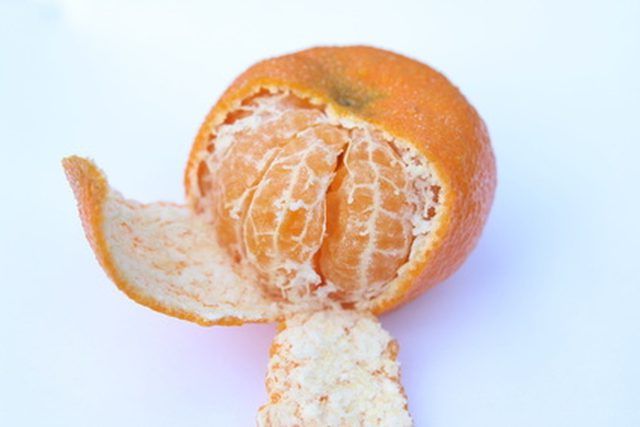Bulbs
Flower Basics
Flower Beds & Specialty Gardens
Flower Garden
Garden Furniture
Garden Gnomes
Garden Seeds
Garden Sheds
Garden Statues
Garden Tools & Supplies
Gardening Basics
Green & Organic
Groundcovers & Vines
Growing Annuals
Growing Basil
Growing Beans
Growing Berries
Growing Blueberries
Growing Cactus
Growing Corn
Growing Cotton
Growing Edibles
Growing Flowers
Growing Garlic
Growing Grapes
Growing Grass
Growing Herbs
Growing Jasmine
Growing Mint
Growing Mushrooms
Orchids
Growing Peanuts
Growing Perennials
Growing Plants
Growing Rosemary
Growing Roses
Growing Strawberries
Growing Sunflowers
Growing Thyme
Growing Tomatoes
Growing Tulips
Growing Vegetables
Herb Basics
Herb Garden
Indoor Growing
Landscaping Basics
Landscaping Patios
Landscaping Plants
Landscaping Shrubs
Landscaping Trees
Landscaping Walks & Pathways
Lawn Basics
Lawn Maintenance
Lawn Mowers
Lawn Ornaments
Lawn Planting
Lawn Tools
Outdoor Growing
Overall Landscape Planning
Pests, Weeds & Problems
Plant Basics
Rock Garden
Rose Garden
Shrubs
Soil
Specialty Gardens
Trees
Vegetable Garden
Yard Maintenance
How to Prune a Satsuma Tree
How to Prune a Satsuma Tree. Satsuma is a form of mandarin orange tree first reported in Japan and China over 700 years ago. First introduced to the United States in 1876, satsuma mandarin orange trees have become intensely popular for the delicious, seedless and easy-to-peel oranges they produce. More tolerant of cold temperatures than other...

Satsuma is a form of mandarin orange tree first reported in Japan and China over 700 years ago. First introduced to the United States in 1876, satsuma mandarin orange trees have become intensely popular for the delicious, seedless and easy-to-peel oranges they produce. More tolerant of cold temperatures than other varieties of citrus, satsuma mandarin orange trees can be grown in USDA plant hardiness zone 8b through 11, where the average annual minimum temperature is at least 15 degrees F. Gardeners in colder regions can successfully grow their satsuma mandarin orange trees indoors in large pots or planting containers.
Things You'll Need
Pruning shears or saw
Gardening gloves
Basic Pruning Procedures
Use only sharpened and sterilized pruning tools to prune your satsuma tree. Clean cuts made by sharp pruning tools are easier for your tree to heal than the jagged, tearing cuts made by pruning tools with dull blades.
Prune winter-damaged branches from your satsuma tree in the late winter or early spring, before new spring growth is observed. Prune after the chance of a hard freeze has passed.
Prune your tree's upper branches in the spring to maintain the desired size and shape. Spring pruning gives your satsuma tree plenty of time to heal its wounds before the onset of cold winter temperatures. When pruning your satsuma tree to size, follow the natural shape of the tree's canopy and make your pruning cuts just above buds or leaf nodes.
Remove discolored, damaged or dead wood and foliage from your satsuma tree as necessary throughout the year to keep your tree looking healthy and attractive.
Make your pruning cut as close to the branch collar as possible when removing an entire branch. The branch collar is a swelling around the base of a branch where it joins the trunk. Start the cut just outside the bark ridge, formed where the top of the branch meets the trunk, and continue the cut down parallel to the branch collar, making sure not to damage the collar.
Removing Large Branches
Use three cuts if you need to remove a branch that is too heavy to comfortably support while you cut through it. Begin by making the first cut on the underside of the branch about 15 inches away from the trunk. Cut up through the branch until the weight of the branch binds the saw.
Make the second cut downward from the top of the branch, 3 inches farther out from the first cut. This will cause the limb to split cleanly between the two cuts, leaving a stub that will be easy to support as you remove it.
Make the third and final cut to remove the stub. See Step 5 of the Basic Pruning Procedures section for details.
Tips & Warnings
It is a good idea to wear gloves when pruning, particularly since many cultivars of the Satsuma mandarin orange tree have thorns.
Remove pruned wood and foliage from the base of your satsuma tree to discourage increased insect activity.
For taller trees, you may need to use loppers or even pole loppers to reach the upper levels. Alternatively, on flat ground you can use a stepladder.
Do not add diseased wood pruned from your satsuma tree to compost heaps or use it as mulch for your plants, or you will risk spreading the disease from plant to plant.
Do not severely prune trees during a period of drought.